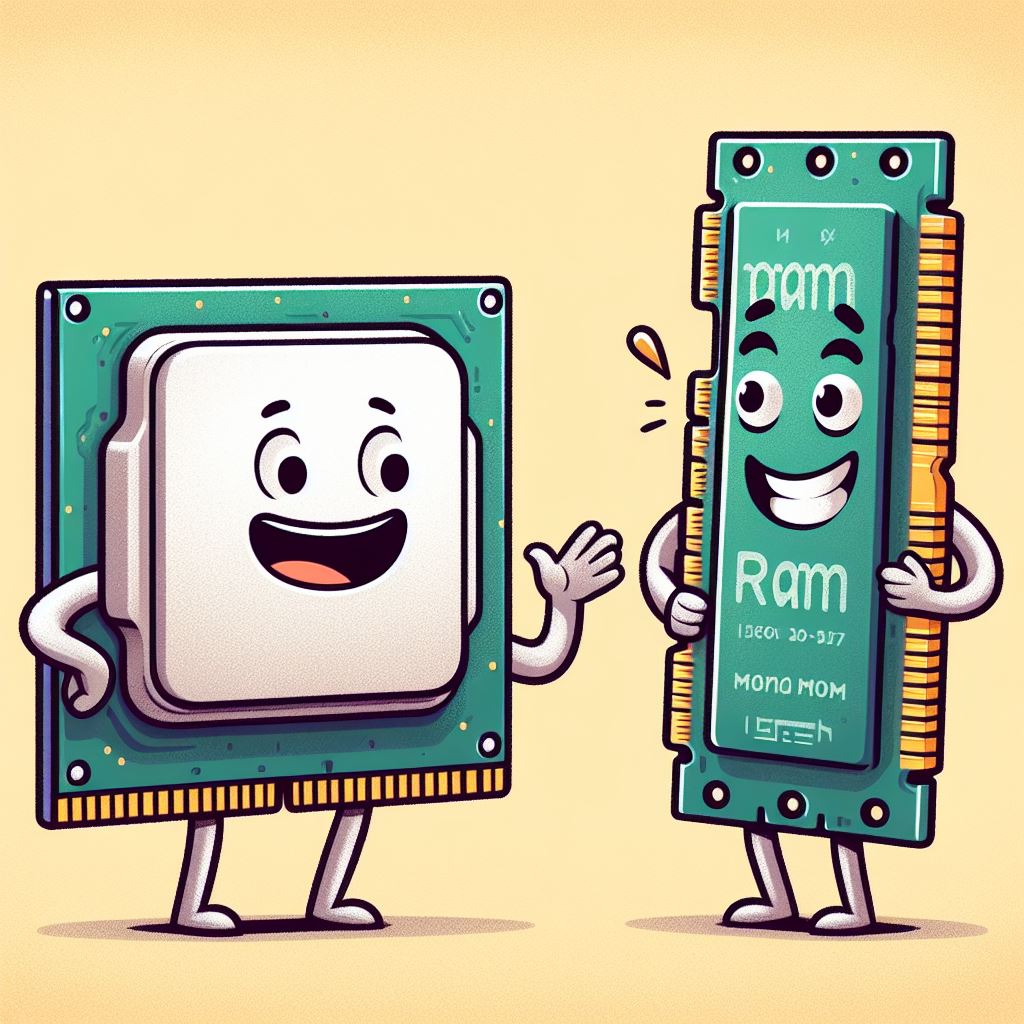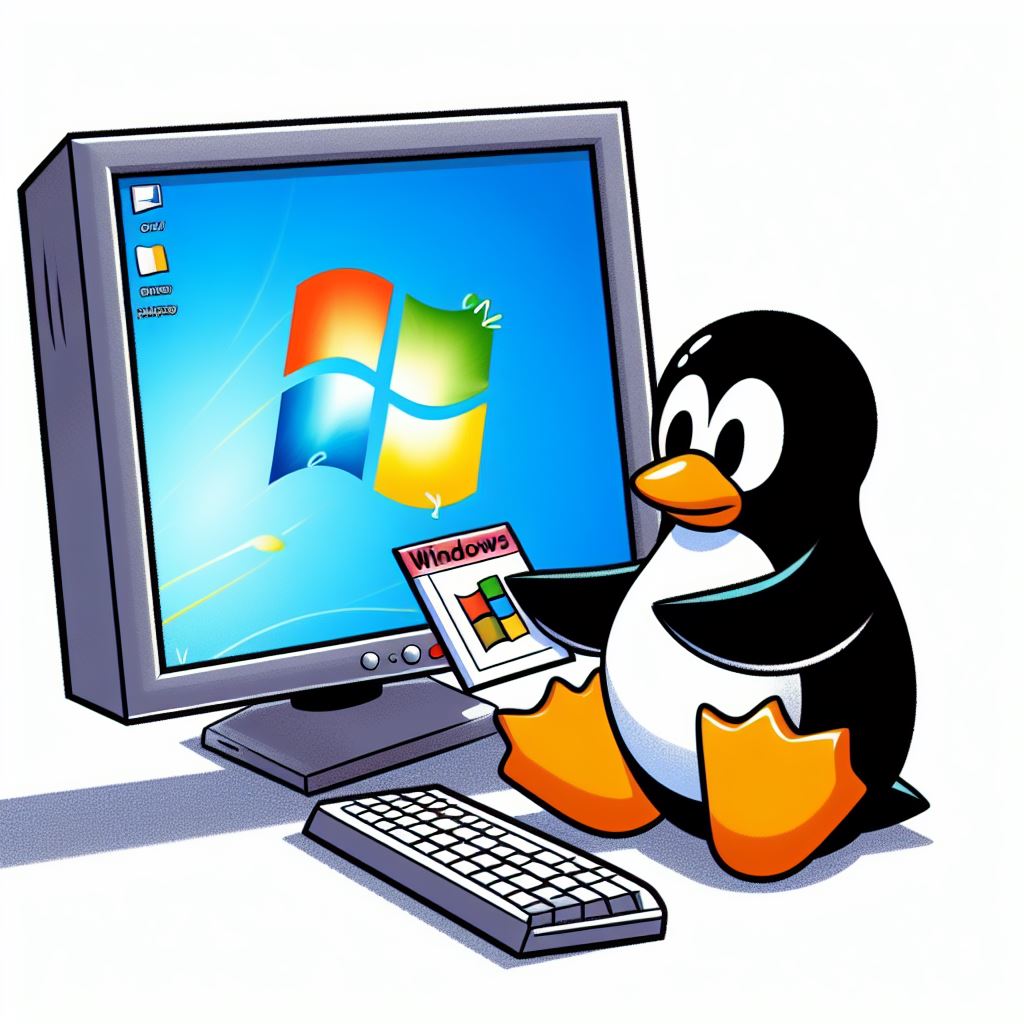
Computer Hardware and Software

- CPU – Central Processing Unit – Used in computing to refer to the primary processing unit of a computer.
- RAM – Random Access Memory – Refers to a computer’s volatile memory used for temporarily storing data that the CPU is actively working on.
- GPU – Graphics Processing Unit – Used in computing to refer to a specialized processor designed for rendering graphics and performing parallel computations.
- OS – Operating System – Refers to the software that manages computer hardware and provides services for computer programs.
- BIOS – Basic Input/Output System – Firmware used to boot up a computer and initialize hardware components.

Network
- LAN – Local Area Network – A network that connects devices within a limited geographical area, such as a home or office.
- WAN – Wide Area Network – A network that covers a larger geographical area, often connecting multiple LANs.
- DMZ – Demilitarized Zone – A network segment that is isolated from the internal network and is often used to host public-facing services.
- VPN – Virtual Private Network – Used for secure and encrypted communication over public networks, providing privacy and security.
- Firewall – A security device or software that controls incoming and outgoing network traffic based on predetermined security rules.
- IDS – Intrusion Detection System – A cybersecurity tool that monitors network traffic and alerts administrators to potential security threats.
- IPS – Intrusion Prevention System – Similar to IDS but can actively block or mitigate threats in real-time.
- SSID – Service Set Identifier – A name that identifies a wireless network, commonly used when connecting to Wi-Fi.

Internet
- IP – Internet Protocol – Fundamental protocol used in computer networks to route data packets between devices.
- HTTP – Hypertext Transfer Protocol – Used in web communication to transmit and display web pages and other resources.
- HTTPS – Hypertext Transfer Protocol Secure – A secure version of HTTP that encrypts data exchanged between a web server and a web client.
- URL – Uniform Resource Locator – A web address that specifies the location of a resource on the internet.
- DNS – Domain Name System – Used in networking to translate human-readable domain names (e.g., www.example.com) into IP addresses.
Language
- HTML – Hypertext Markup Language – The standard markup language for creating web pages and web applications.
- SQL – Structured Query Language – A programming language used for managing and querying relational databases.
- CSS – Cascading Style Sheets – A stylesheet language used for describing the presentation and formatting of web documents.
Interface
- GUI – Graphical User Interface – A visual interface that allows users to interact with software using graphical elements such as windows, icons, and buttons.
- CLI – Command Line Interface – A text-based interface for interacting with computer programs and systems.
- API – Application Programming Interface – A set of rules and protocols that allows different software applications to communicate with each other.

Security and Encryption
- AES – Advanced Encryption Standard – A widely used symmetric encryption algorithm for securing data.
- RSA – Rivest-Shamir-Adleman – A widely used asymmetric encryption algorithm for secure communication and digital signatures.
- SHA – Secure Hash Algorithm – A family of cryptographic hash functions used for data integrity and digital signatures. Examples include SHA-1, SHA-256, and SHA-3.
- SSL – Secure Sockets Layer – A protocol for secure communication over the internet, often used in HTTPS for web security.
- TLS – Transport Layer Security – The successor to SSL, providing secure communication over networks, including the internet.
- PKI – Public Key Infrastructure – A framework for managing digital keys and certificates for secure communication and authentication.
- OTP – One-Time Password – A password that is valid for only one login session or transaction, enhancing security.
- SSO – Single Sign-On – A system that allows users to log in once and gain access to multiple applications or services without the need to re-enter credentials.
- MFA – Multi-Factor Authentication – A security process in which a user must provide multiple forms of identification before gaining access to a system or application.
- PKI – Public Key Infrastructure – A framework for managing digital keys and certificates for secure communication and authentication.
- SOC – Security Operations Centre – A facility that houses an organisation’s security team and infrastructure for monitoring, detecting, and responding to cybersecurity threats.
- SIEM – Security Information and Event Management – A technology that combines security information management (SIM) and security event management (SEM) to provide real-time analysis of security alerts.
- CSP – Content Security Policy – A security feature that helps prevent cross-site scripting (XSS) and other code injection attacks in web applications.
- DNSSEC – Domain Name System Security Extensions – A set of extensions to DNS that adds an additional layer of security, including data integrity and authentication.
- CORS – Cross-Origin Resource Sharing – A security feature that controls web page access to resources on another domain.
- CSRF – Cross-Site Request Forgery – An attack that tricks a user into performing unintended actions on a different website.
- WAF – Web Application Firewall – A firewall specifically designed to protect web applications from security threats.
- DDoS – Distributed Denial of Service – An attack in which multiple compromised computers are used to flood a target system with traffic, causing a disruption.
- CVE – Common Vulnerabilities and Exposures – A list of publicly known cybersecurity vulnerabilities that provides standardized names for security issues.
- NIST – National Institute of Standards and Technology – A U.S. federal agency that develops and promotes cybersecurity standards and guidelines.
- OWASP – Open Web Application Security Project – An organization that focuses on improving software security, including a list of the top web application security risks (OWASP Top Ten).
Services
- FTP – File Transfer Protocol – A protocol used for transferring files over a network.
- SMTP – Simple Mail Transfer Protocol – A protocol used for sending email messages between servers.
- POP3 – Post Office Protocol, Version 3 – A protocol used for retrieving email messages from a server.
- IMAP – Internet Message Access Protocol – A protocol used for accessing and managing email messages on a server.
- IoT – Internet of Things – Refers to the network of interconnected physical devices and objects that can communicate and exchange data over the internet.

These acronyms are commonly used in the fields of computing, networks, and cybersecurity and are essential for understanding and discussing various aspects of technology and security.
Extra
Common Acronyms
Learn the ways of engineers
